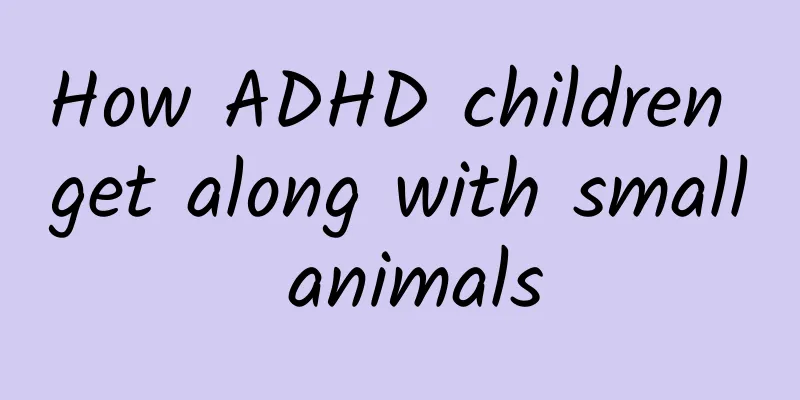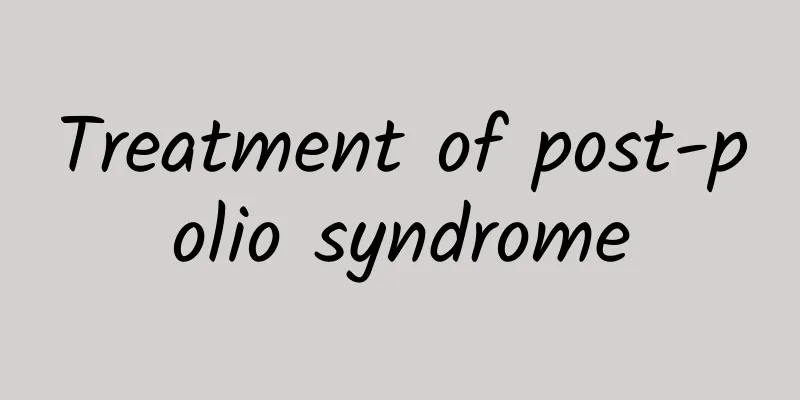What is hernia in children?

|
A hernia in children is a condition in which weak or defective abdominal wall muscles cause organs or tissues to protrude from the abdominal cavity, usually in the groin area. Treatment includes observation and surgical repair, depending on the age of the child and the severity of the symptoms. 1. The occurrence of hernia in children is related to the imperfect development of the abdominal wall muscles, especially the weak muscles in the groin area, which causes the abdominal organs such as the intestines or omentum to protrude through the weak points. This weakness may be congenital or related to factors such as premature birth and low birth weight. 2. Genetic factors play a role in pediatric hernia. If there is a history of hernia in the family, the child's risk of the disease may increase. Increased intra-abdominal pressure such as long-term coughing, constipation or crying may also induce hernia. 3. Symptoms of hernia in children usually manifest as a lump in the groin or scrotal area, which is obvious when crying, coughing or standing, and may disappear when lying down. If the lump cannot be reduced, incarceration may occur, leading to emergency situations such as pain and vomiting, and medical attention should be sought immediately. 4. For pediatric hernias with no symptoms or mild symptoms, doctors may recommend observation, especially for children under 1 year old, as some cases may heal on their own. During the observation period, behaviors that increase abdominal pressure, such as violent crying or constipation, should be avoided. 5. Surgery is the main treatment for pediatric hernia. Common surgical methods include traditional open surgery and laparoscopic surgery. Open surgery repairs abdominal wall defects through small incisions, while laparoscopic surgery uses minimally invasive technology to complete the repair, with less trauma and faster recovery. 6. Postoperative care requires attention to keep the wound clean and avoid infection. Foods rich in protein and vitamins, such as eggs, fish, and fresh vegetables, can be added to the diet to promote wound healing. Avoid strenuous activities within 1-2 weeks after surgery to prevent recurrence. Although hernias are common in children, they need to be diagnosed and treated promptly, especially incarcerated hernias, which can be life-threatening. Parents should pay attention to changes in their children's symptoms, seek medical attention promptly, and choose appropriate treatment plans to ensure their children's healthy growth. |
<<: Are livestock the source of hand, foot and mouth disease?
>>: Will ADHD get worse if not treated?
Recommend
How to treat hand, foot and mouth disease in children
The treatment of hand, foot and mouth disease in ...
What are some tips for preventing diarrhea in children? How to treat diarrhea in children?
Children are prone to diarrhea during the season ...
Can breast milk diarrhea heal itself without treatment?
Can breast milk diarrhea heal itself without trea...
Is sunset yellow harmful to the human body?
Sunset yellow, a food additive, does confuse many...
Is acute icteric hepatitis easy to treat? Several treatments for acute icteric hepatitis
Acute icteric hepatitis is a disease with a very ...
Can the Children's Cold Ning Mixture be heated before drinking?
Children's Cold Relief Mixture can be heated ...
How to treat pneumonia in children quickly
In life, when a child suffers from neonatal pneum...
Symptoms of congenital polio
We should pay close attention to babies' illn...
How did polio develop?
Polio refers to the symptoms of muscle atrophy, l...
A simple method for diagnosing pneumonia in children
Pediatric pneumonia is a relatively common diseas...
Rural folk remedies for curing mumps
Mumps, especially in rural areas, is often seen a...
Is it possible that the baby's severe cough is pneumonia? What are the four common symptoms of pneumonia in babies?
A baby's cough is not necessarily caused by p...
What to do if your baby has an upper respiratory tract infection and coughs
The baby's upper respiratory tract infection ...
How to check and diagnose nutritional metabolic deficiencies? What are the common detection methods for nutritional metabolic deficiencies?
In a broad sense, nutritional metabolic deficienc...
What are the drugs for treating kidney disease in children?
The treatment of children's kidney disease sh...









